Seat angle adjuster
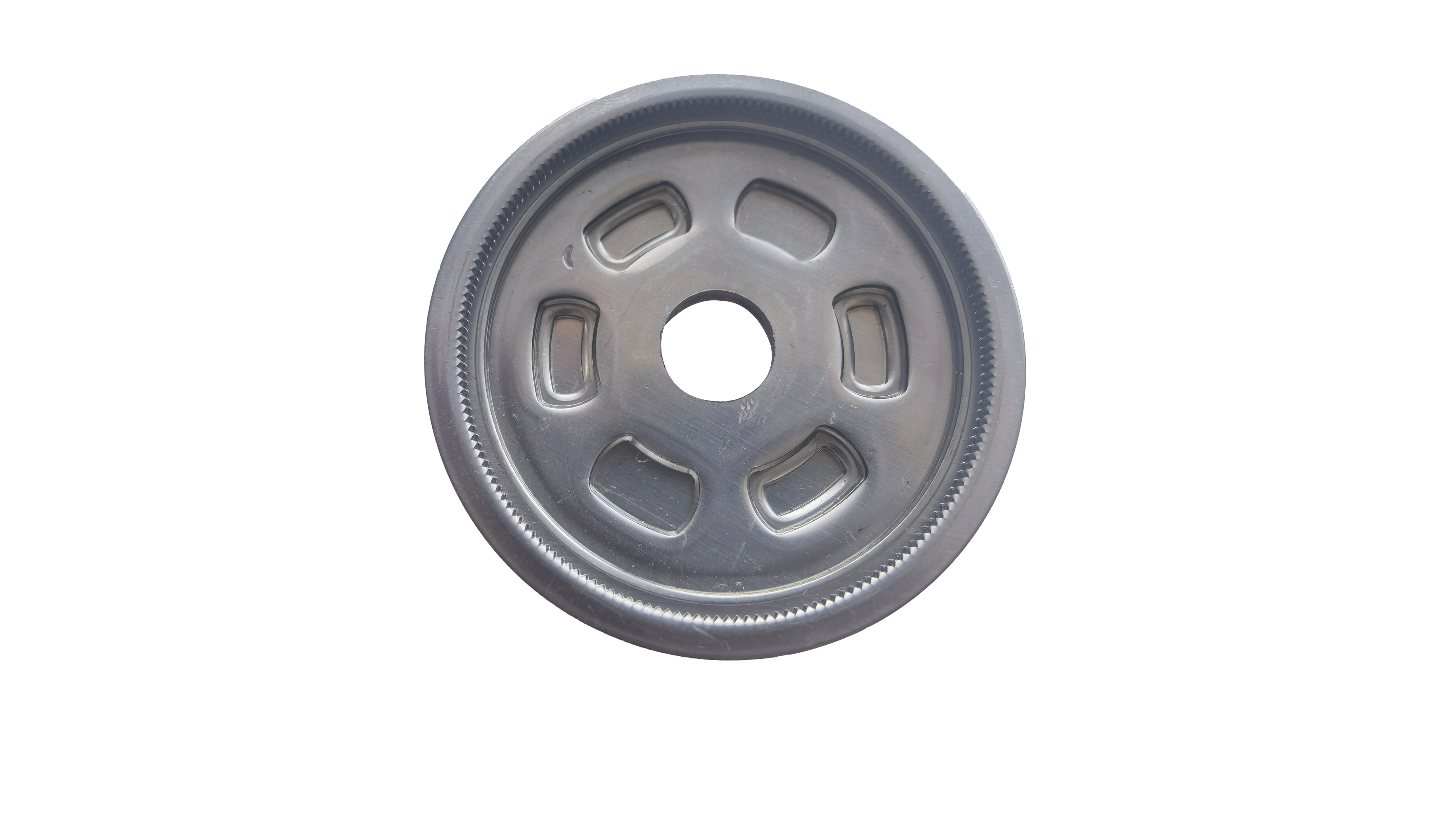
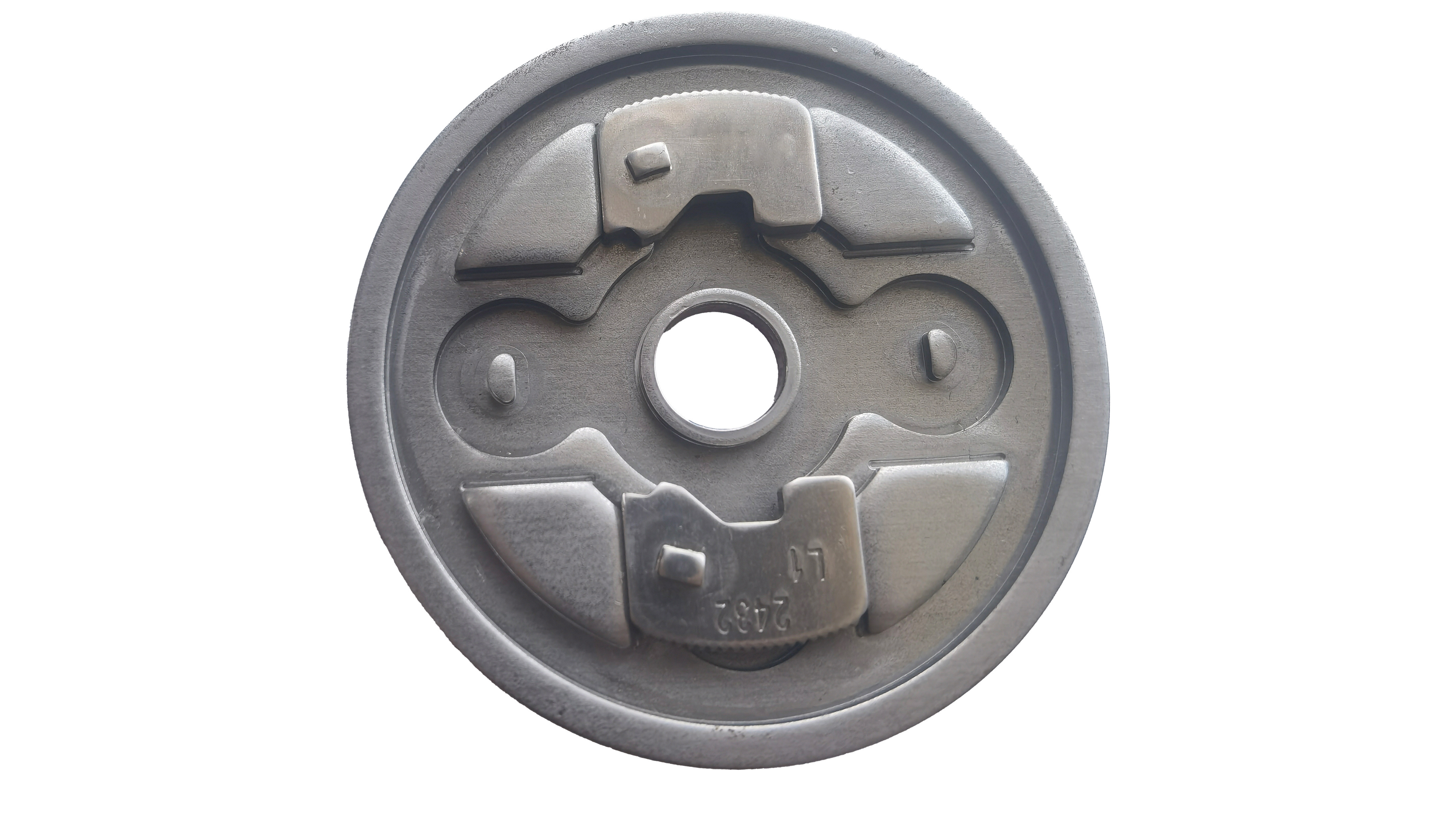
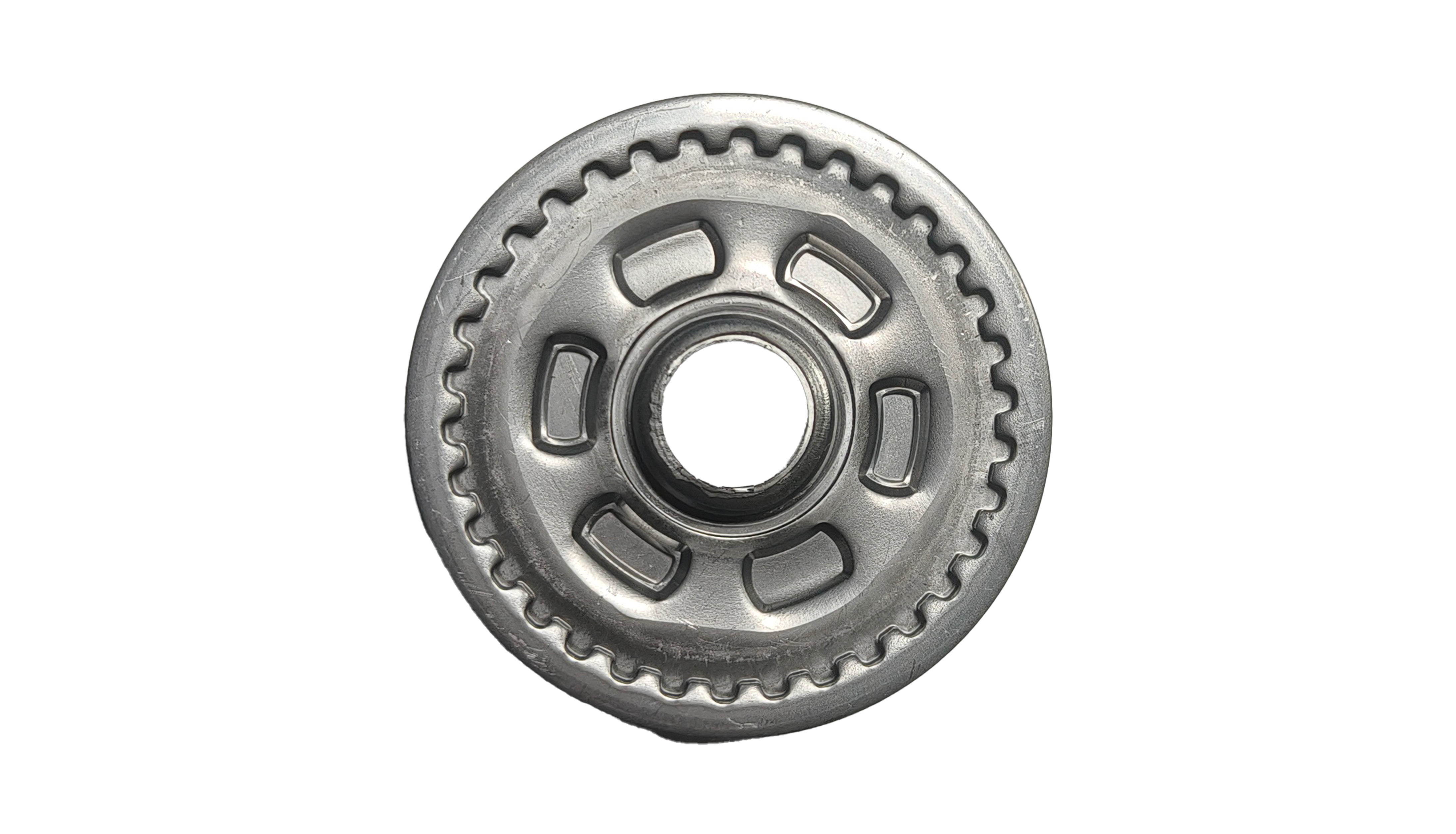
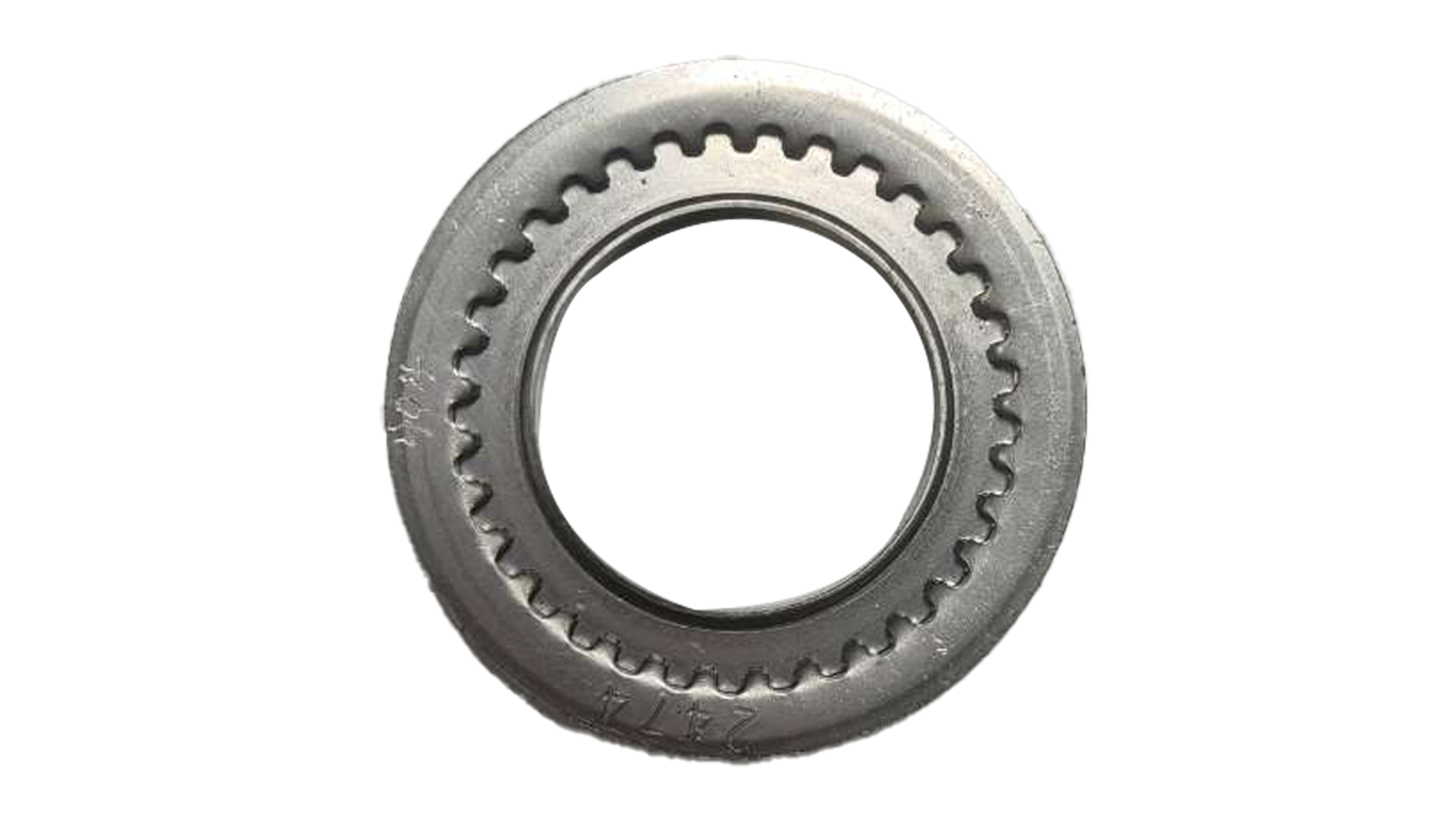
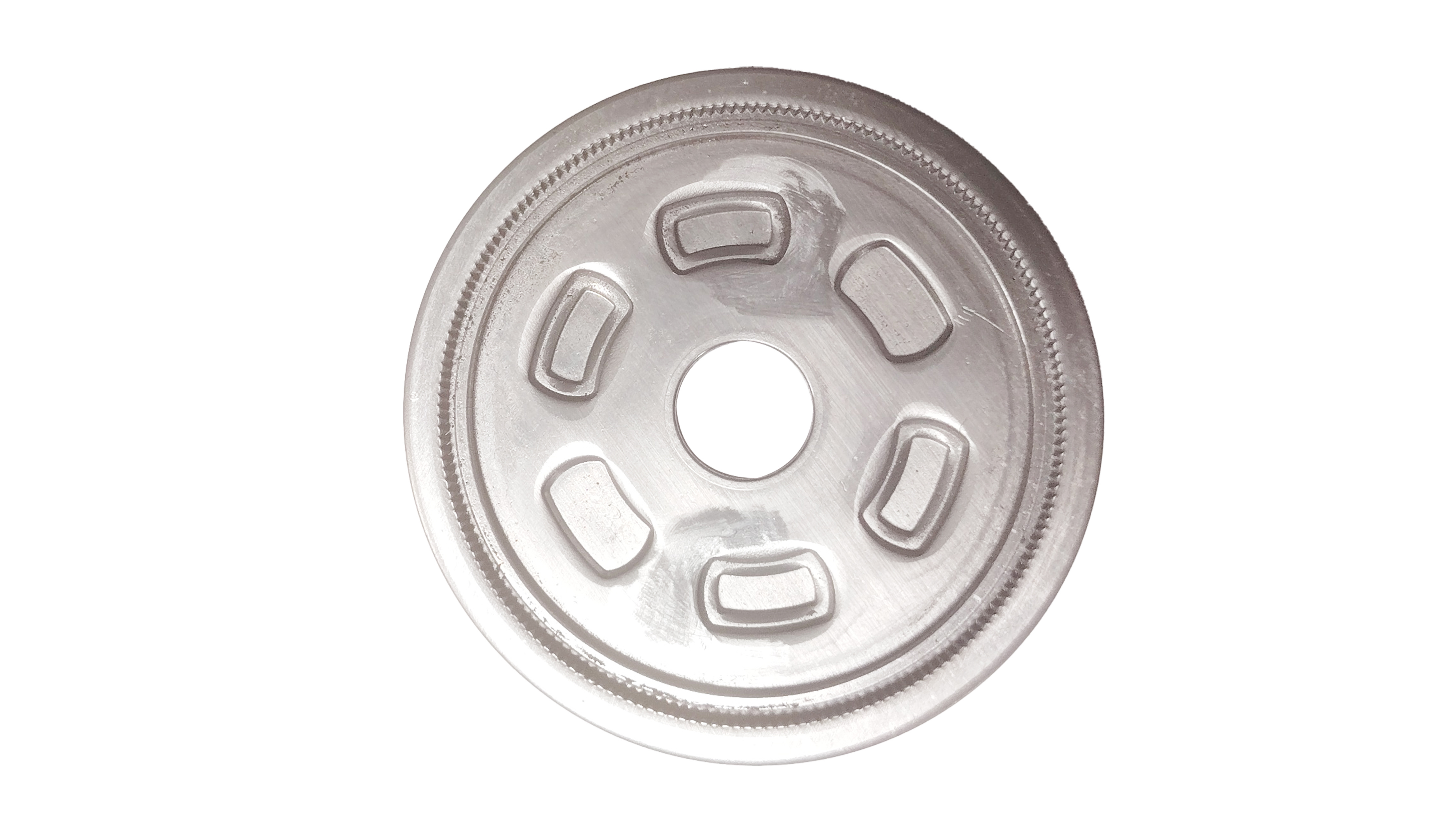
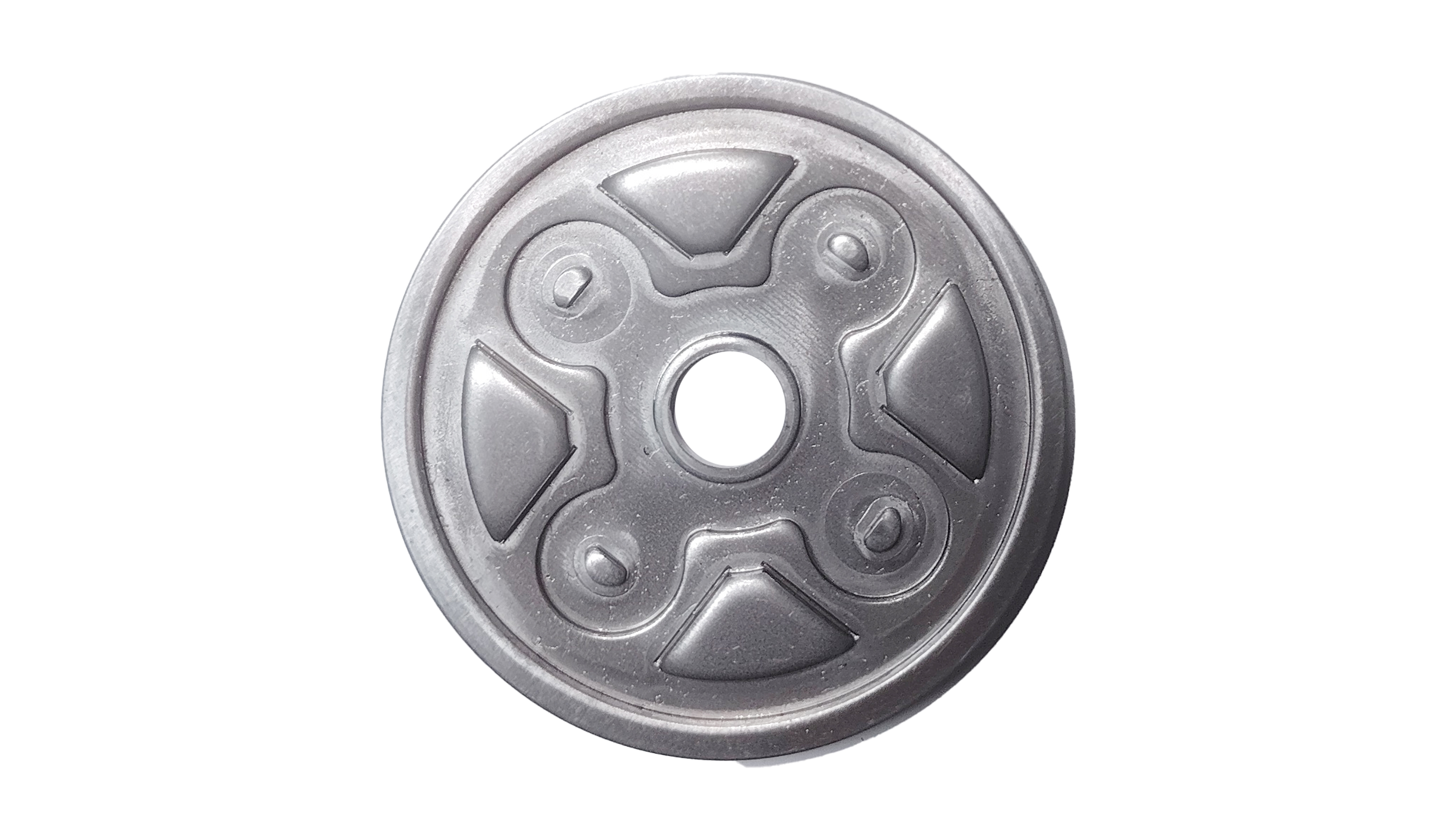
The seat angle adjuster is a key adjustment mechanism in car seats. It is installed in the connection area between the seat back and the seat cushion, used to adjust the angle of the seat back to meet the seating needs of different passengers. The seat angle adjuster typically consists of parts such as the backrest connection plate, seat connection plate, core component, handwheel or adjustment handle, and return spring, featuring a compact structure and powerful functionality.
Product advantages
- Precision design and manufacturing: The core technology of the seat angle adjuster lies in the parameter design and manufacturing of the tooth profile. The essence of tooth profile design is the smooth engagement of the tooth surfaces and a high number of contact teeth at any position, which requires extremely high manufacturing precision and craftsmanship. Modern seat angle adjusters typically use precision stamping technology to ensure that the tooth profile, tooth surface quality, and root strength are optimized, thereby improving transmission efficiency and tooth strength.
- Diverse driving methods: Seat angle adjusters can be divided into manual and electric adjusters based on the driving method. Manual adjusters are operated via a handle or handwheel, offering the advantages of simple structure and lower cost; while electric adjusters control the adjustment of the backrest angle through a motor, making operation more convenient and with a wider adjustment range, commonly used in high-end cars or high-spec versions of regular models.
- High strength and durability: Seat angle adjusters need to withstand the weight of passengers, inertial forces, and impact forces in extreme situations during operation, thus requiring extremely high strength and durability. Modern seat angle adjusters are made from high-strength materials and undergo rigorous testing and validation to ensure stable performance and reliable operation under various working conditions.

For more information, please continue to visit the subsidiary website



Address: No. 66, Zhengjia Industrial Park, Liaocheng City, Shandong Province

Phone: +86-0635-8683098

Email: salesplan@gebchina.cn
Copyright © Shandong Golden Empire Precision Machinery Technology Co., Ltd
Statement
Privacy Policy
Terms of Use
Cookie Policy








